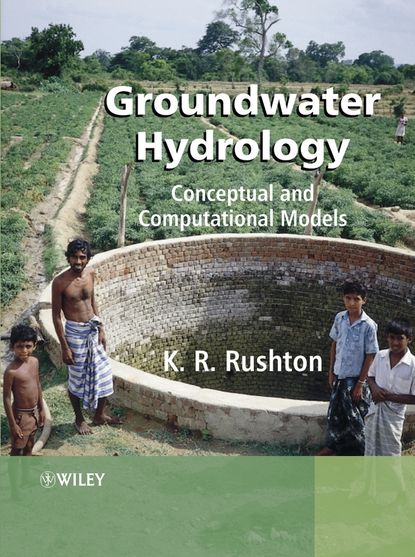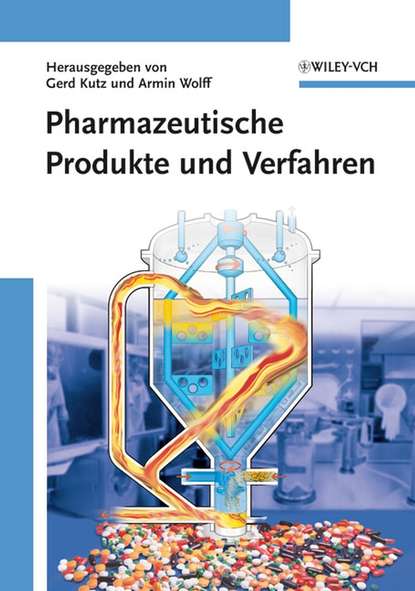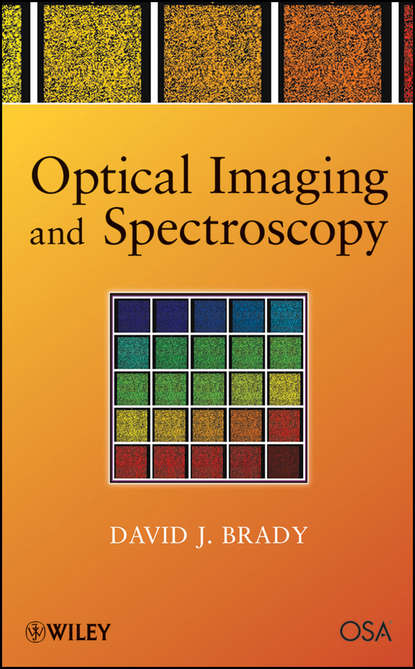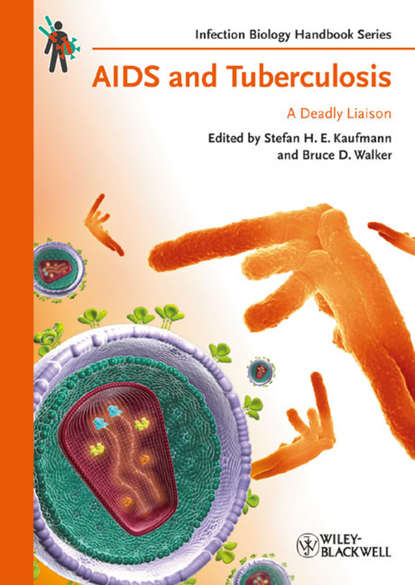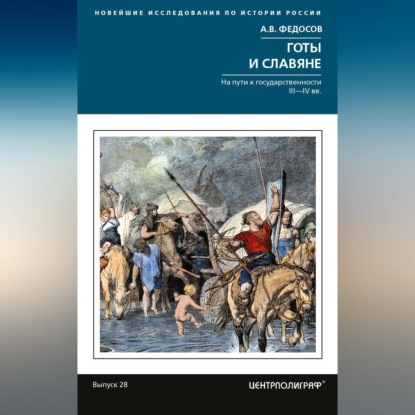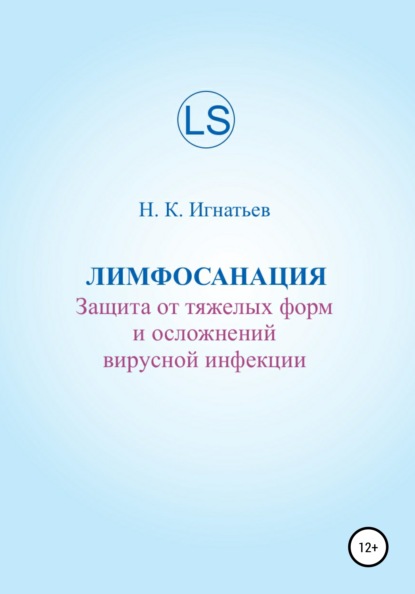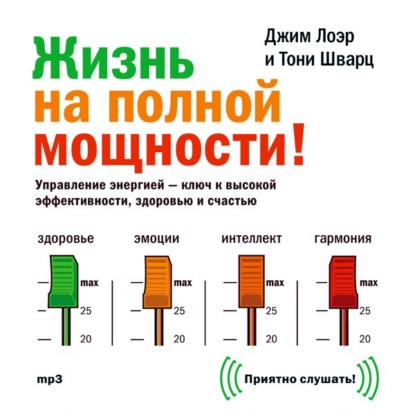Книга "Groundwater Hydrology" посвящена изучению подземных вод, которые являются важным источником пресной воды во всем мире. С увеличением числа исследований подземных вод становится все более важным понимать, как разрабатывать комплексные количественные концептуальные модели и оценивать основы аналитических и численных методов моделирования потока грунтовых вод. Книга описывает последние достижения в области концептуального и численного моделирования. В ней даются рекомендации по интерпретации данных наблюдений в поле, разработке концептуальных моделей, использованию аналитических и численных методов моделирования, оценке адекватности моделей и использованию моделей для прогнозирования. Она фокусируется на изучении проблем потока грунтовых вод и содержит подробный анализ реальных практических случаев из поля. Книга разделена на три части:
- Первая часть посвящена основным принципам, включая краткое описание математических моделей потока грунтовых вод, оценку пополнения грунтовых вод с помощью методов баланса влаги в почве и исследования взаимодействия грунтовых вод и поверхностных вод.
- Вторая часть фокусируется на концепциях и методах анализа радиального потока к скважинам, включая такие темы, как скважины большого диаметра, многослойные аквиферы, водоупорное хранение и прогнозирование долгосрочной производительности.
- Третья часть рассматривает региональный поток грунтовых вод, включая ситуации, когда вертикальный поток является важным или трансмиссивности изменяются с глубиной насыщения.
Книга будет полезна для инженеров-гидрогеологов, исследователей в области грунтовых вод и орошения, математических моделей, ученых в области грунтовых вод и специалистов по ресурсам воды. Она также подходит для студентов высших курсов и магистрантов в отделениях гражданского и экологического инженерного дела, научной дисциплины "Земля" и физической географии. Книга будет также полезна гидрологам, гражданским инженерам, физическим географам, аграрным инженерам, консультационным фирмам, занимающимся проектами в области водных ресурсов, и работникам зарубежной развития.
Essential reference for the practical hydrologist in process construction and flow problem analysis. The book offers both conceptual and computational construction into groundwater flows. Those who desire to enlarge their skills in theoretical and/or practical implementation and analyze water resources understanding groundwater hydrology through analytical and modeling techniques needs to consummate. This volume deals with groundwater, surface-water interactions, borehole concepts, regional flows and several significant details on methodology and models. This is an essential book for hydrogeologist, hydraulics engineers and environmental applications and students alike.
Электронная Книга «Groundwater Hydrology» написана автором K. Rushton R. в году.
Минимальный возраст читателя: 0
Язык: Английский
ISBN: 9780470871652
Описание книги от K. Rushton R.
Groundwater is a vital source of water throughout the world. As the number of groundwater investigations increase, it is important to understand how to develop comprehensive quantified conceptual models and appreciate the basis of analytical solutions or numerical methods of modelling groundwater flow. Groundwater Hydrology: Conceptual and Computational Models describes advances in both conceptual and numerical modelling. It gives insights into the interpretation of field information, the development of conceptual models, the use of computational models based on analytical and numerical techniques, the assessment of the adequacy of models, and the use of computational models for predictive purposes. It focuses on the study of groundwater flow problems and a thorough analysis of real practical field case studies. It is divided into three parts: * Part I deals with the basic principles, including a summary of mathematical descriptions of groundwater flow, recharge estimation using soil moisture balance techniques, and extensive studies of groundwater-surface water interactions. * Part II focuses on the concepts and methods of analysis for radial flow to boreholes including topics such as large diameter wells, multi-layered aquifer systems, aquitard storage and the prediction of long-term yield. * Part III examines regional groundwater flow including situations when vertical flows are important or transmissivities change with saturated depth. Suitable for practising engineers, hydrogeologists, researchers in groundwater and irrigation, mathematical modellers, groundwater scientists, and water resource specialists. Appropriate for upper level undergraduates and MSc students in Departments of Civil Engineering, Environmental Engineering, Earth Science and Physical Geography. It would also be useful for hydrologists, civil engineers, physical geographers, agricultural engineers, consultancy firms involved in water resource projects, and overseas development workers.
